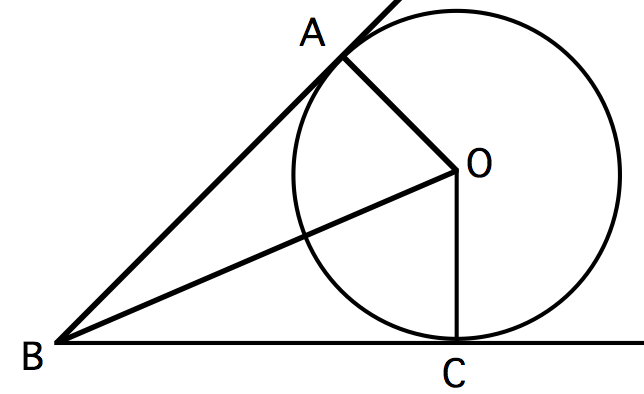If you’ve been reading my blog for a while, you know that I’m a big fan of geometric construction. I have written about it here more than once, and my Web site includes quite a bit of curriculum involving construction. See the end of the post for additional links.

I have many reasons for this passion of mine: it’s an ancient part of math; it is both visual and logical; it provides an environment to both learn and apply geometry; it has been made vastly more accessible with interactive geometry software; it is one of the activities that has generated the greatest enthusiasm among my high school students; it provides a great connection between algebra and geometry, by way of the conic sections. But really, bottom line: I like it because I think it’s fun.
Alas, even though it is a fantastic puzzle environment, geometric construction in the US is often taught as a mind-numbing sequence of algorithms: this is how you bisect an angle, this is how you copy a segment, and so on. This is not likely to change under Common Core, as I could find no standard that would challenge this state of affairs. (Except, of course, the mathematical practices standards.)
Today’s post is mostly to notify you about a couple of worksheets I just wrote especially for middle school students. They are based on my high school construction unit, but they do not expect formal proofs, and they cover less ground. Moreover, I have improved the wording, and added hints. (Like the high school unit, this version should be preceded with a kinesthetic activity.)
Try the activities yourself: you might enjoy them!
One reason I believe something about geometric construction belongs in middle school is that the Common Core State Standards ask that the concept of congruence be based on rigid motions (isometries). I like that idea, and believe the most effective approach to a formal development of this would be to include “construction postulates” as part of the foundation. (See my Transformational Geometry page, which includes two versions of a paper in which I explain this.) Doing some construction in middle school would be good preparation for this formal work in high school. Plus, of course, developing students’ logical and visual sense is always a good idea.
Alas, I have not taught this in middle school, so you may find I was too generous or too stingy with the hints. If you use these worksheets, let me know how it turns out!
(Note: you can use these with 9th or 10th graders, if you don’t feel ready to do the whole high school unit.)
And now for the promised links. The blog posts:
And the Web pages:
- Construction home page
- Soccer Angles
- Construction and Proof
- Construction and Astronomy
- Geometry of the Parabola
- Geometry of the Ellipse
–Henri